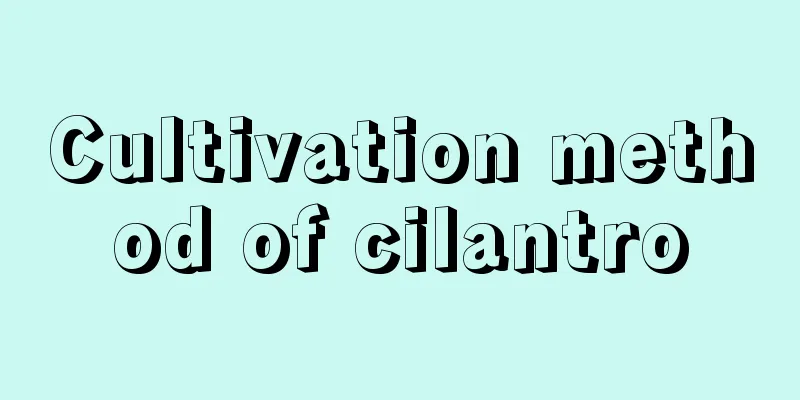Cultivation methods and precautions of loofah flowers

1. Maintenance methods1. Soil: Luffa flowers are very easy to grow and do not require much soil. They can be planted in open spaces, bushes, and fields at home. 2. Water: It requires a lot of water, especially during the growth period. During watering, you must water it thoroughly. You cannot water it just a little bit each time, otherwise it will affect its growth. 3. Nutrients: Before watering, you can evenly sprinkle some urea around it, then sprinkle fertilizer and then water it. This can better promote its absorption of nutrients. 4. Light: It is suitable to give it full sun. It has a great demand for light. Sufficient light will allow its branches and leaves to grow vigorously. Especially during the flowering period, sufficient light can make the loofah grow bigger and straighter. 2. Breeding techniques1. Pruning: Prune off the withered stems and leaves, and remove the excessively grown flowers during the flowering period to avoid breaking the stems and leaves due to the loofah growing too much. 2. Reproduction: Generally, it is propagated by seeds. Select healthy seeds, soak them in water, and then bury them shallowly in the soil. Then cover it with a film, and small sprouts will grow in about a week. 3. Problem diagnosis and treatment1. Vine blight: This disease is caused by weak light on cloudy days and lack of sunlight. You can prevent and control the occurrence of vine blight by mixing Shi Baogong with water and spraying it. 2. Flower head rot: When planting loofah flowers, you may encounter the symptom of flower head rot. Flower head rot is caused by lack of nutrients in the soil layer. You can evenly spread calcium fertilizer on the soil and loosen the soil so that it can fully absorb nutrients. IV. Other issues1. Can it be exposed to rain: It can be exposed to rain, because it requires a lot of water, and sufficient water can better promote its growth. However, during heavy rain accompanied by strong winds, it is important to provide shelter to prevent the roots from breaking. 2. Will it bear fruit: After it blooms, it will bear fruit, and the fruit is a very common vegetable and can be eaten. |
<<: Cultivation methods and precautions of water gardenia
>>: Breeding methods and precautions of Songxia
Recommend
When is the right time to sow melons?
Melon planting time Muskmelon, also known as cant...
When is the best time to plant honeysuckle?
Nowadays, many friends like to drink honeysuckle ...
How to propagate Impatiens by cuttings? Tutorial on how to propagate Impatiens by cuttings
Impatiens has bright and beautiful flowers with h...
Why are the leaves of a bunch of red small and yellow?
The yellowing of the leaves of Salvia officinalis...
When to sow poppy, pictures of poppy flowers
1. Sowing time The planting time of poppy is gene...
Cultivation methods and precautions of chrysanthemum
1. Maintenance methods 1. Substrate selection: Ch...
When is the best time to repot the Jade Plant? What is the best time and method to repot?
Time to repot Jade Plant The Jade Plant grows rel...
How to deal with pig bite racks
Pig farmers, especially those who raise pigs on a...
Can the mountain lotus leaf flower be grown at home?
The origin and environment of the mountain lotus ...
The succulents in your home are 2 centimeters tall, while his home’s are 12 meters tall, and they can’t even fit in the yard!
Succulent plants are small and plump, and are the...
When is the best time to plant snake bean seeds?
Snake bean seed planting time Snake bean is an an...
How long does it take for purple bamboo plum to take root after cuttings, and what kind of soil should be used
1. Cutting method When cutting purple bamboo plum...
What are the breeding methods and precautions for money bag
Money Pocket Introduction Golden ginseng, also kn...
How to water a cactus
1. Watering in all seasons 1. Watering in spring ...
Appreciation of Baifeng Old Stump
White phoenix grows into an old tree Generally sp...









